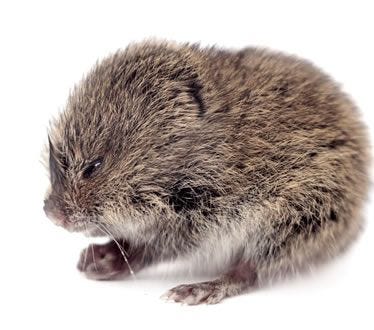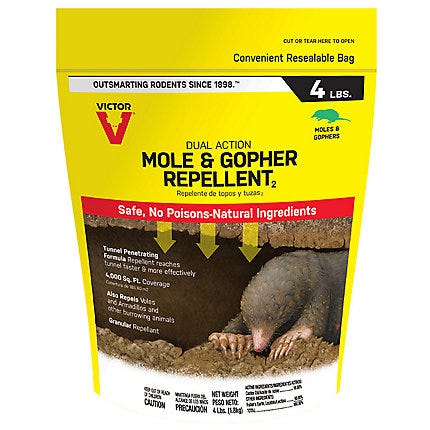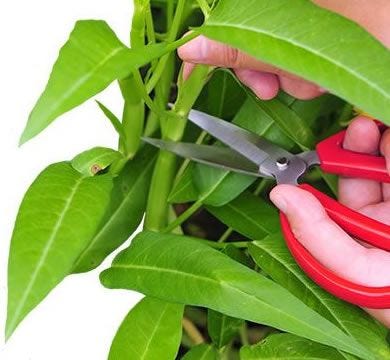how to get rid of voles with castor oil
1 Identify Areas of Damage

In order to increase the effectiveness of your repellents, it's important to pinpoint the location of your voles. Voles spend their lives protected by ground cover or underground so the best way to locate them is to identify the damage they are causing.
Signs of vole damage include:
- surface runways: irregular paths of clipped and trampled grass or soil, about 1-2" in width
- burrow entrances: clean, round holes about 1.5" in diameter, often in line with surface runways
- delayed or halted fruit production in trees: indicative of root damage caused by girdling
- girdled bark/stems: irregular gnaw marks about 1/8" wide, 3/8" long and 1/16" deep along the very bottom of trees or plants.
2 Obtain an Effective Vole Repellent

Voles are terrestrial animals, so the most effective vole repellents target voles at and below the earth's surface. Castor oil-based repellents penetrate the ground and give ground vegetation an odor and taste that disagree with voles, driving them to find food elsewhere. What's more, castor oil is all-natural, biodegradable and poison-free, making it a great alternative to pesticides. There are two application options from which to choose:
- Ready-to-Spray Liquid: a concentrated castor oil solution mixes with the water from your hose, covering the affected lawn and garden and penetrating into the ground.
- Granules: biodegradable, castor oil-infused repellent granules spread across the affected ground and are activated by water from a hose, which sends the repellent deep into the soil.

3 Apply as Directed
The effectiveness and longevity of repellents depend on the way in which they are applied, so it's critical that the user applies as directed. Important steps include:
- Use a hose to generously water your lawn or soil after applying castor-oil repellents to ensure its penetration into the ground.
- Reapply repellents periodically in order to maintain prime repellency and keep voles away long-term.
4 Reduce Food and Cover

An unkempt yard full of lush cover and tasty food options is inviting to animals like voles. While it may be unreasonable to completely eliminate vegetation from your yard, you can increase the effectiveness of your repelling strategy by keeping these elements to a minimum. Steps to take include:
- removing fallen birdseed, berries and nuts
- cleaning up all other brush and debris that may provide cover
- regularly mowing your lawn
- pulling weeds
- tilling soil
Expert Tips
- While it's important to focus your repelling strategy on the area voles are currently inhabiting, do not neglect the rest of your yard. Once voles begin to feel uncomfortable in one territory, they need to find a new home. Prevent them from moving onto another area of your yard by broadening the application of your repellents.
- Castor oil is all-natural and will not harm your plants or grass.
- A great tool for applying repelling granulesacross a large area of land is a granule spreader, which you can purchase at your local hardware store.
- Try adding plants that have been proven to repel voles from your landscape. Scientists have found that voles dislike some bulb varieties such as daffodils, Italian arum and grape hyacinths.
- For more information, read How to Get Rid of Voles »
Related Articles:
- Vole Baits »
- Vole Facts »
- How to Trap Voles »
how to get rid of voles with castor oil
Source: https://www.havahart.com/how-to-repel-voles
Posted by: hendersonsomakingdon.blogspot.com

0 Response to "how to get rid of voles with castor oil"
Post a Comment